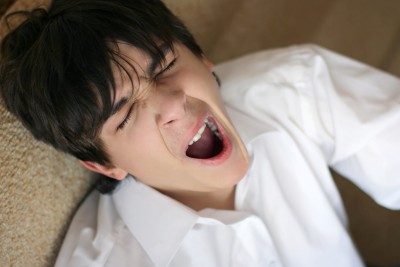
While it may seem obvious, shorter nighttime in spring have proven to lead to less sleep and more sleep disruptions in teens.
A study from the Rensselaer Polytechni Institute’s Lightning Research Center found that the increased light exposure delayed the production of melatonin in the teens. The slower production of melatonin makes it harder for the body to determine when it needs to sleep.
Furthermore, the researchers believe that waking up while it is still dark and going to school early confuses the biological clock even more. This can make the problem even worse, tricking the body into sleeping even less.
Light and dark periods during the day help synchronize the internal clock with the 24 hour solar day. Daylight contains a lot of short-wave blue light which stimulates the bodies clock. This light was measured using a small head mounted device that could differentiate between “circadian light” and lights of other wavelengths.
This study showed that it was the extended daylight hours, and not unnatural lighting in the home at night, that caused the most sleep disruption. They suggest that teens spend less time exposed to the sun on spring nights to help balance out the disruption.

Comments are closed.